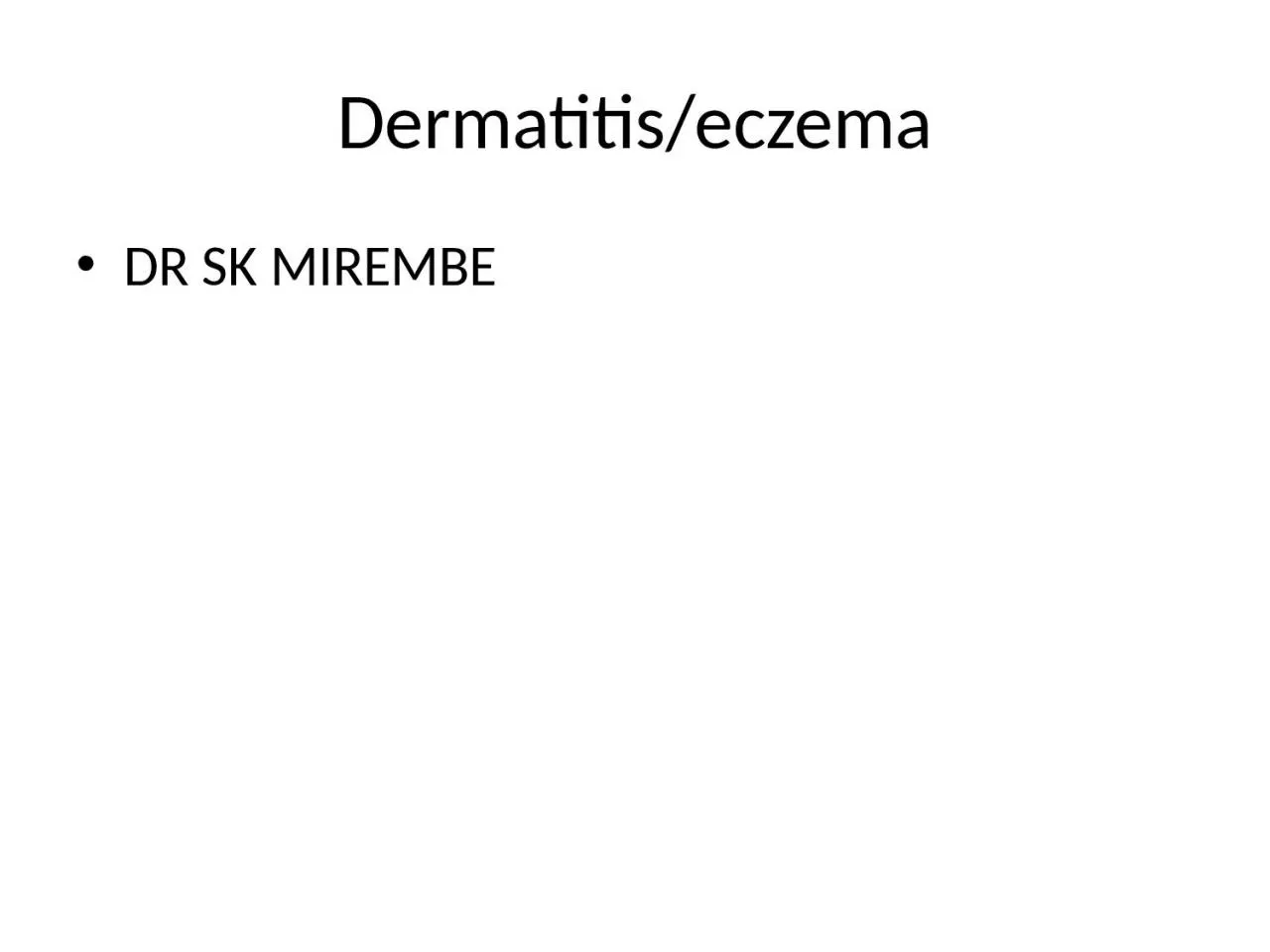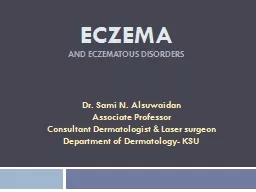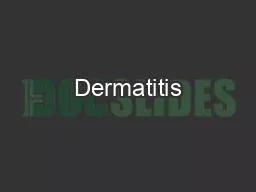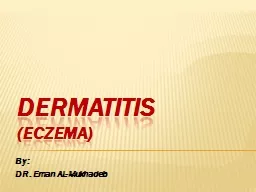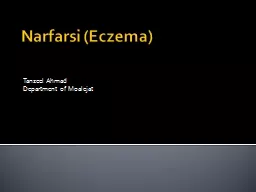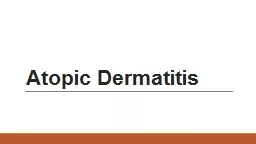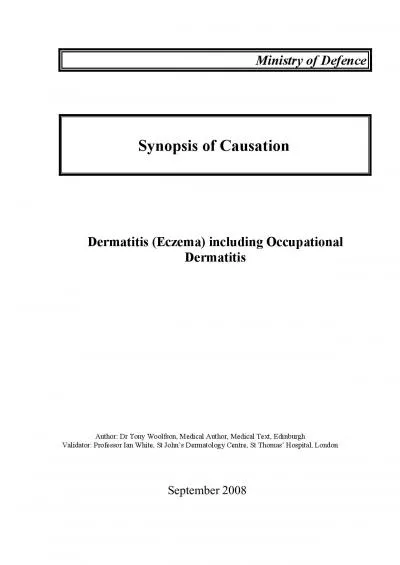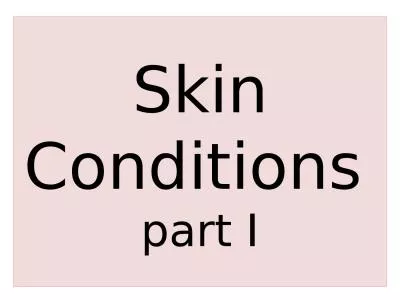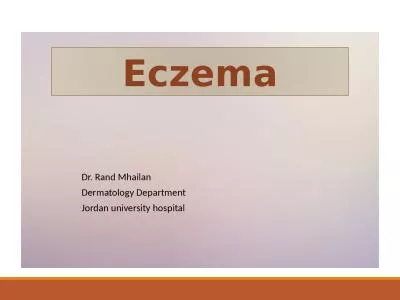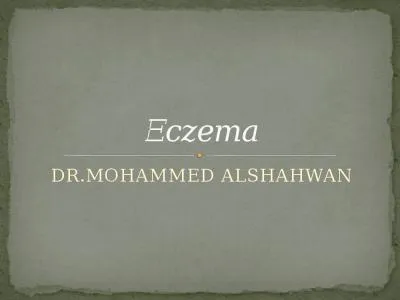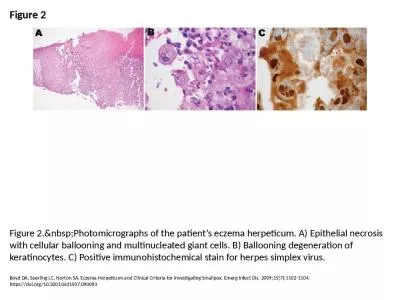PPT-Dermatitis/eczema DR SK MIREMBE
Author : payton | Published Date : 2022-06-11
Seborrheic eczema Seborrheic dermatitis is a common mild chronic eczema typically confined to skin regions with high sebum production and the large body folds Although
Presentation Embed Code
Download Presentation
Download Presentation The PPT/PDF document "Dermatitis/eczema DR SK MIREMBE" is the property of its rightful owner. Permission is granted to download and print the materials on this website for personal, non-commercial use only, and to display it on your personal computer provided you do not modify the materials and that you retain all copyright notices contained in the materials. By downloading content from our website, you accept the terms of this agreement.
Dermatitis/eczema DR SK MIREMBE: Transcript
Download Rules Of Document
"Dermatitis/eczema DR SK MIREMBE"The content belongs to its owner. You may download and print it for personal use, without modification, and keep all copyright notices. By downloading, you agree to these terms.
Related Documents

